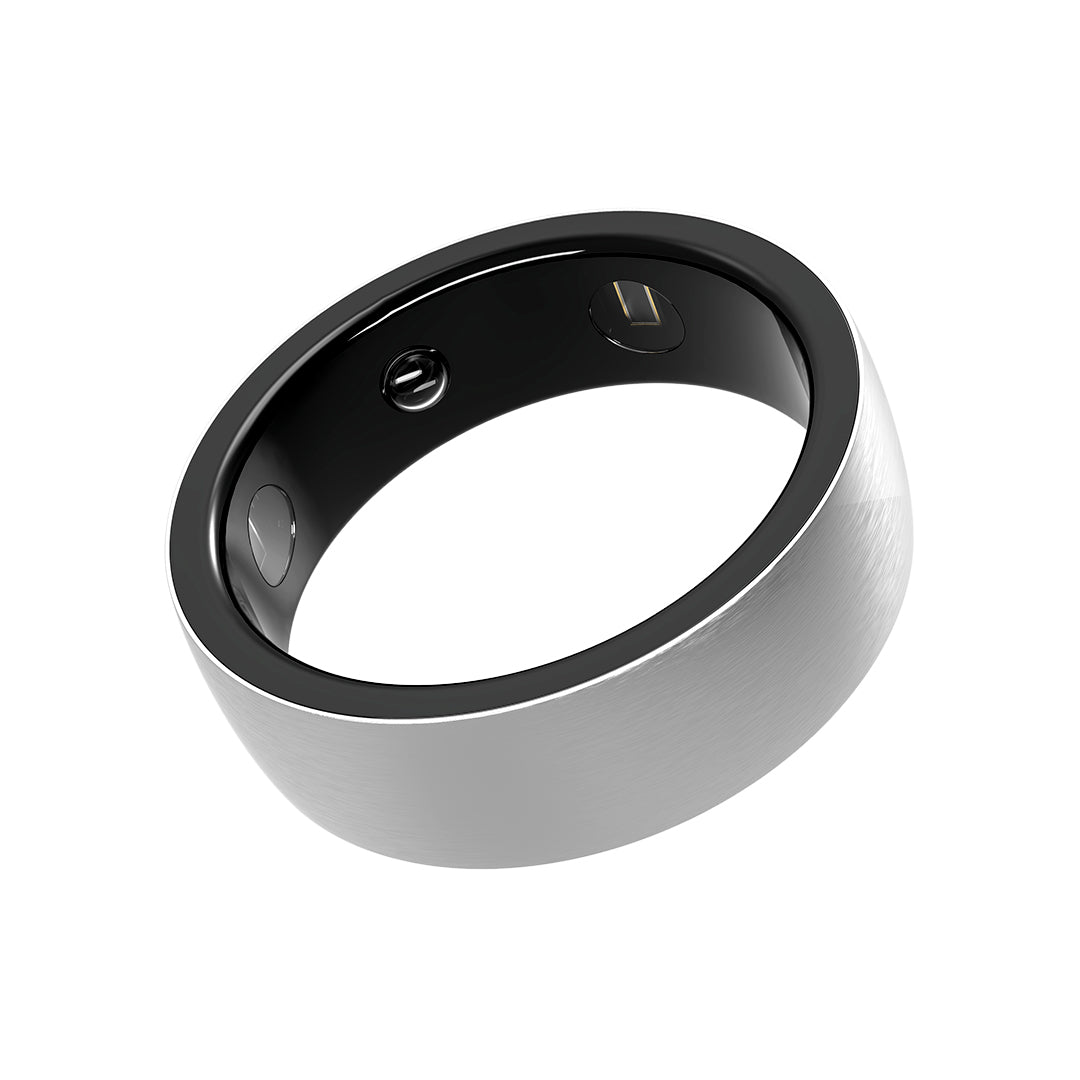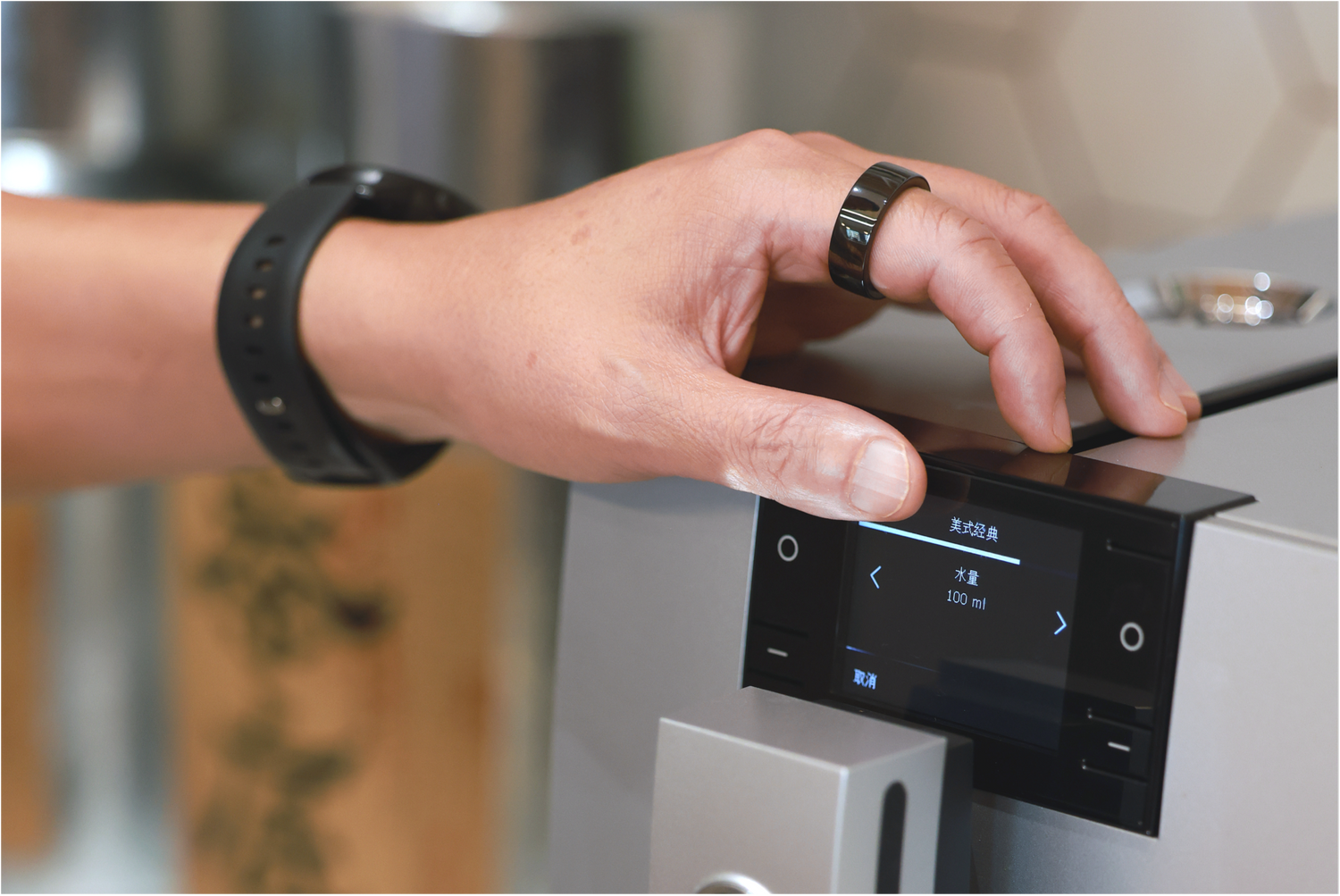-
HRV is unique to each individual, and different people experience fluctuations in their HRV differently.
-
There are many reasons that affect our HRV fluctuations, and we can learn personal health management through the monitoring prompts of Lefy Ring X.
What is good HRV?
The normal range of HRV in adults can vary from less than 20 milliseconds to more than 200 milliseconds. However, different ages, genders, and individuals have different HRV values.
In fact, there is no such thing as an optimal HRV for everyone. HRV is a highly sensitive individual metric that varies from person to person and can even change daily or hourly. Both "high" and "low" HRV are relative terms for each individual. Some people have stable HRV scores, while others fluctuate greatly. Therefore, compare your HRV with your own average and avoid comparing it with others.
What affects our HRV?
In daily life, there are indeed many factors that can affect heart rate variability (HRV). Here are some common influencing factors:

As we age, HRV tends to gradually decrease. Females generally have slightly higher HRV than males. Adequate sleep, appropriate exercise, timely stress relief, and maintaining a stable mood can all contribute to achieving good HRV.
A personalized approach to managing health based on HRV results
I. Strategies for Coping with Low HRV Results
1. Adjusting Lifestyle
Regular Sleep Schedule: Maintain sufficient sleep by going to bed and waking up at the same time every day. Establishing good sleep habits helps improve parasympathetic nerve activity, thereby increasing HRV. For example, go to bed around 10:30 p.m. and wake up around 6:30 a.m. to ensure 7-8 hours of quality sleep.
Moderate Exercise: Choose suitable aerobic exercises such as brisk walking, jogging, swimming, etc., and engage in at least 150 minutes of moderate-intensity exercise per week. Exercise enhances cardiopulmonary function, regulates the autonomic nervous system(ANS), and improves HRV. However, avoid overexertion to prevent adverse effects. For instance, brisk walk three times a week for 30-40 minutes each time, maintaining a pace of around 100-120 steps per minute.
Relaxation Techniques: Reduce stress and anxiety through meditation, deep breathing, yoga, and other methods. These relaxation techniques activate the parasympathetic nervous system, reduce sympathetic nerve activity, and improve HRV. For example, practice deep breathing for 10-15 minutes every morning after waking up or engage in 20-30 minutes of yoga meditation before going to bed at night.

2.Psychological Adjustment

3. Medical Intervention
If low HRV is associated with specific diseases such as cardiovascular disease or diabetes, actively treat the underlying conditions. Follow the doctor's treatment plan, take medication on time, and undergo regular follow-ups to control disease progression. For example, for hypertensive patients, take antihypertensive drugs on time, regularly measure blood pressure, and adjust the treatment plan to maintain stable blood pressure.
Under a doctor's guidance, consider using auxiliary treatments such as biofeedback therapy or transcranial magnetic stimulation. These methods can help regulate ANS function and improve HRV. However, before using these methods, fully understand their indications, contraindications, and potential side effects, and proceed under the guidance of a professional doctor.
II. Strategies for Maintaining High HRV Results
- Maintaining a Healthy Lifestyle
Continue to maintain a regular sleep schedule, moderate exercise, and a healthy diet. Adhere to good sleep habits, engage in regular exercise, and maintain a balanced diet to maintain optimal function of the ANS and high HRV levels.
Avoid unhealthy habits such as smoking and excessive alcohol consumption. Smoking damages vascular endothelial cells and affects autonomic nervous system function; excessive alcohol consumption may lead to elevated blood pressure, increased heart rate, and reduced HRV. Therefore, avoid smoking and limit alcohol intake.
- Continuous Psychological Adjustment
Maintain a positive mindset and good emotional state. Continue to adopt effective stress management and emotion regulation methods such as meditation, deep breathing, and yoga to maintain balance in the ANS.
Cultivate hobbies and interests: Participate in activities beneficial to physical and mental health, such as painting, calligraphy, music, etc., to enrich life content, relieve stress, and maintain a good psychological state.

- Regular Monitoring
Regularly measure HRV to understand your physical condition. Lefy Ring X is a good choice for you.Adjust your lifestyle and mental state based on HRV changes to maintain health.
In summary, personalized health management based on HRV measurement results requires comprehensive consideration of lifestyle, psychological state, and medical intervention. By adjusting lifestyle, engaging in psychological adjustment, and undergoing necessary medical interventions, individuals with low HRV can improve their ANS function, while those with high HRV can maintain their healthy state, thereby promoting an overall improvement in health levels.






Leave a comment
All comments are moderated before being published.
This site is protected by hCaptcha and the hCaptcha Privacy Policy and Terms of Service apply.